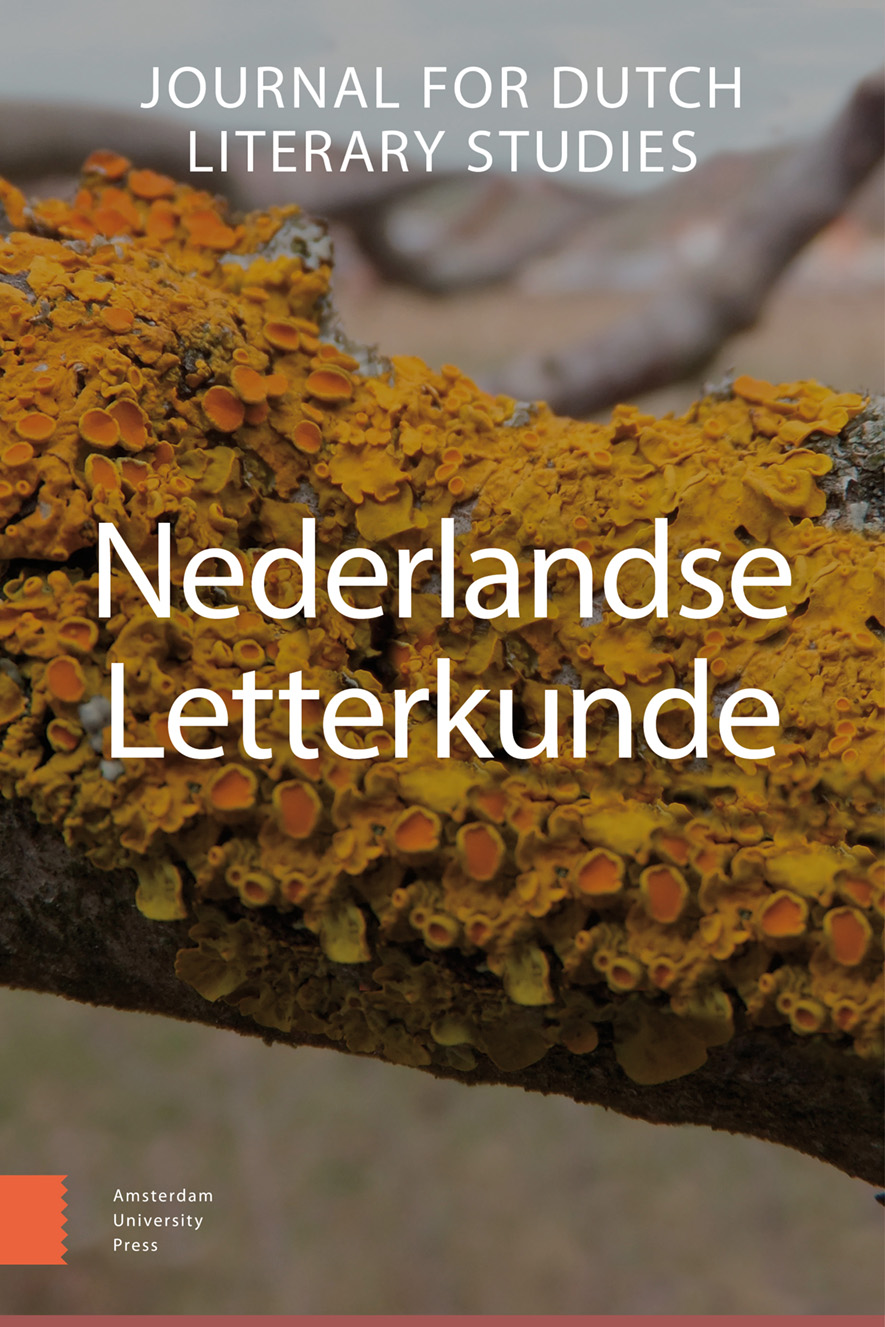-
oa Werken aan de toekomst - De historische roman van onze tijd
- Amsterdam University Press
- Source: Nederlandse Letterkunde, Volume 14, Issue 1, Jan 2009, p. 20 - 48
Abstract
This article deals with the recent surge of encyclopaedic historical novels in Dutch literature. A first characteristic of these novels is that they install an identification between the I-narrator and the history he or she narrates. This identification does not take on the traditional form of the typical character embodying the historical average, nor that of the hopeful Michelet-like historian who acts as a prophet for his people. Rather, the I-figure is linked with history because they both follow the same exceptional, a-typical and apocalyptic logic, exemplified in viruses or nuclear fission. A second characteristic of these novels concerns the alterity and multiplicity of the I-character and history. Identity is revealed as a set of historical stories that penetrate one another. History turns out to be a multilayered image of various periods interpenetrating each other. On this basis, the article proposes a typology of historical novels based on the amount of historical layers: the one-dimensional novel corresponds with Ankersmit’s objective historical experience (the past is experienced as past); the two-dimensional novel corresponds with his subjective historical experience (the past is experienced from the viewpoint of the present); and the three-dimensional novels discussed in the article correspond with Ankersmit’s sublime historical experience (the distinction between the past and the present is erased). This leads to a short discussion of the ‘historicity regime’ (François Hartog) involved in the sublime historical novel.


